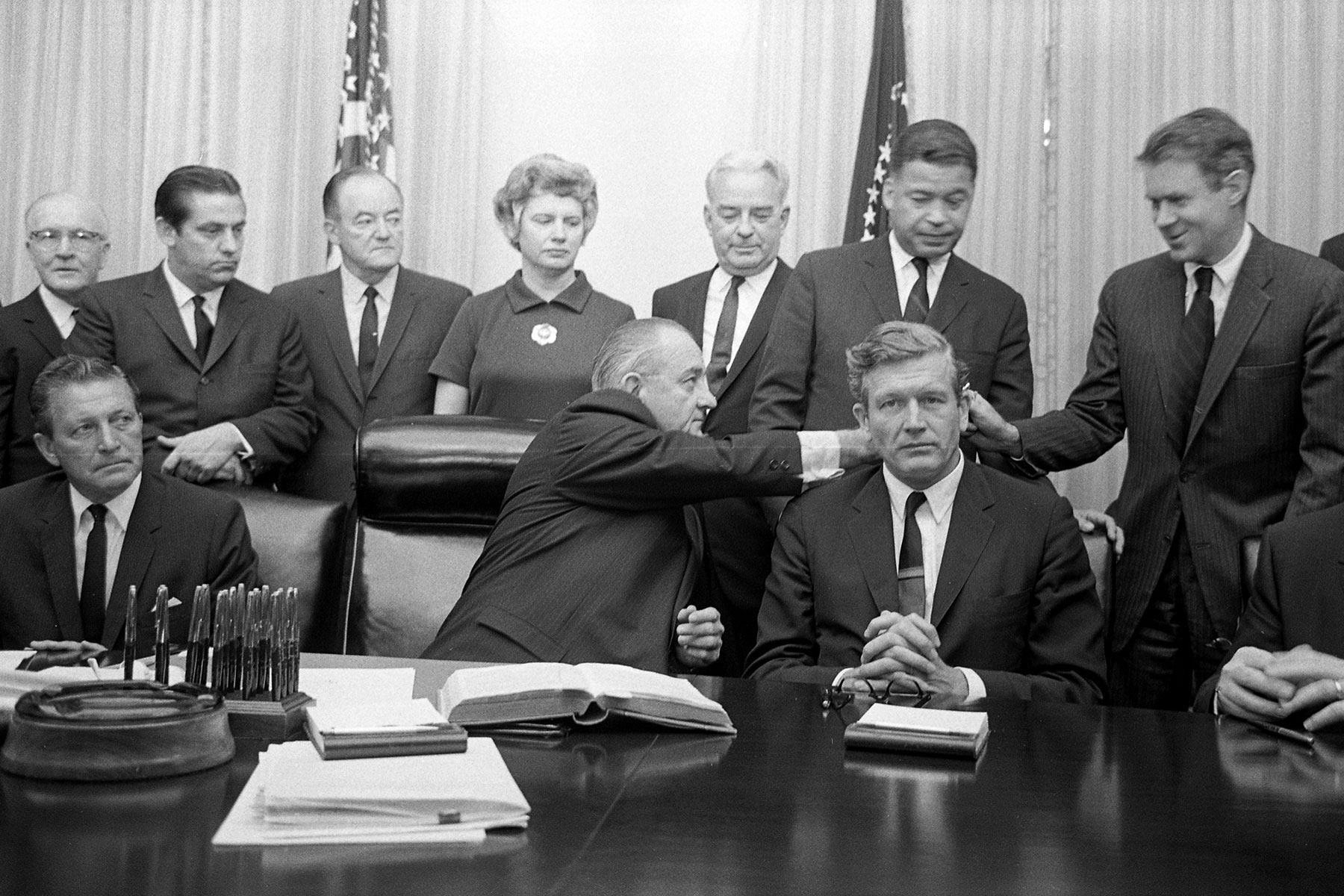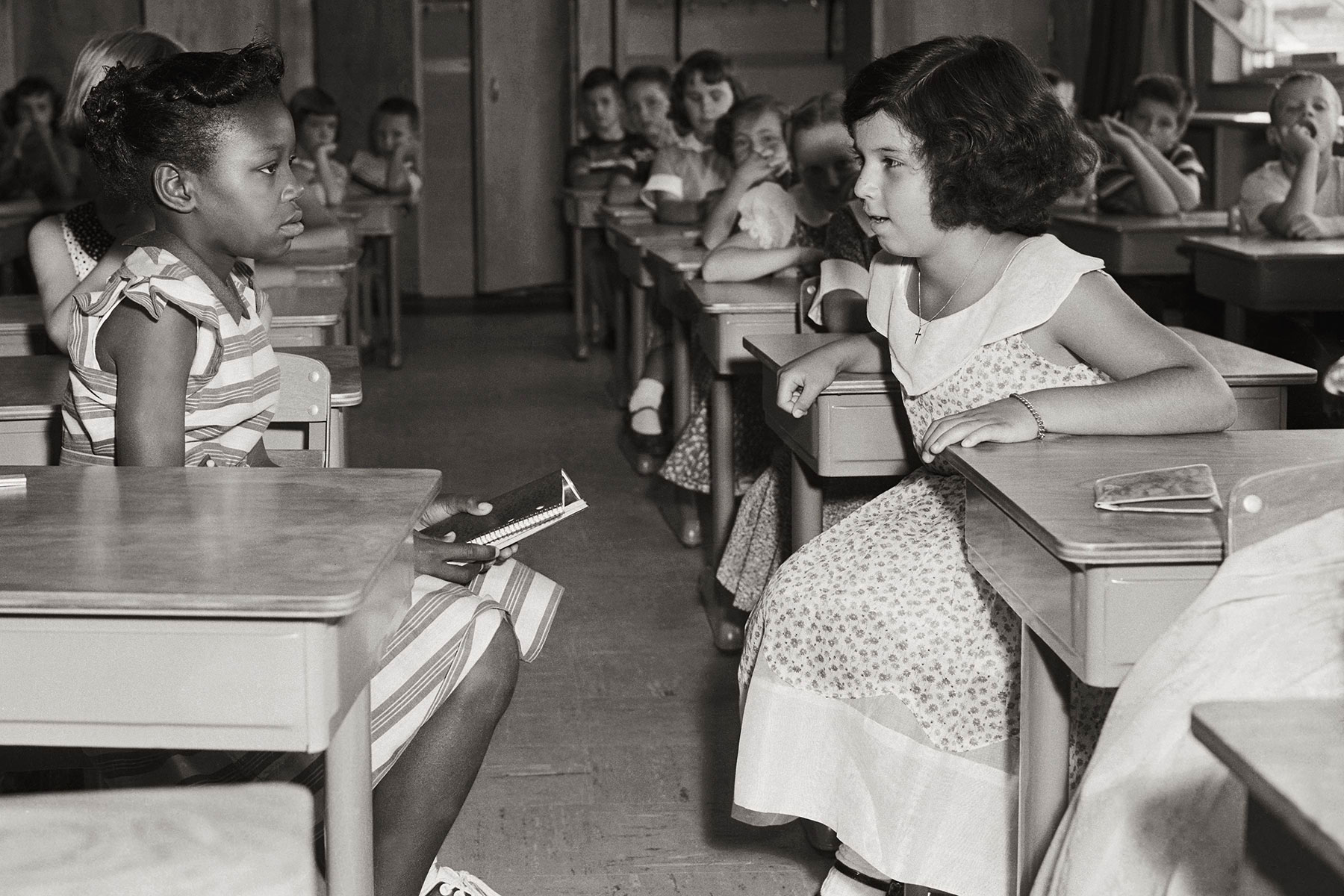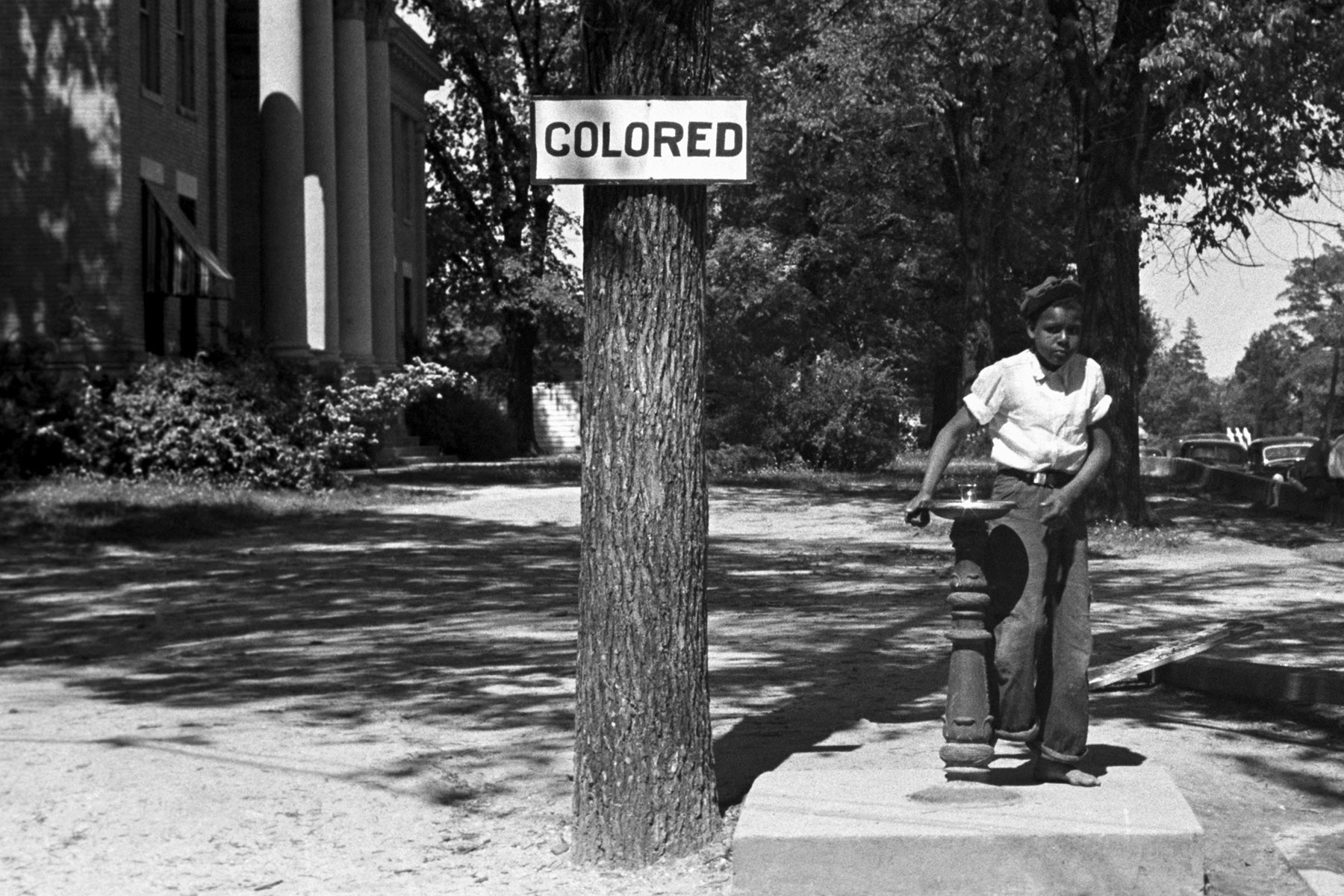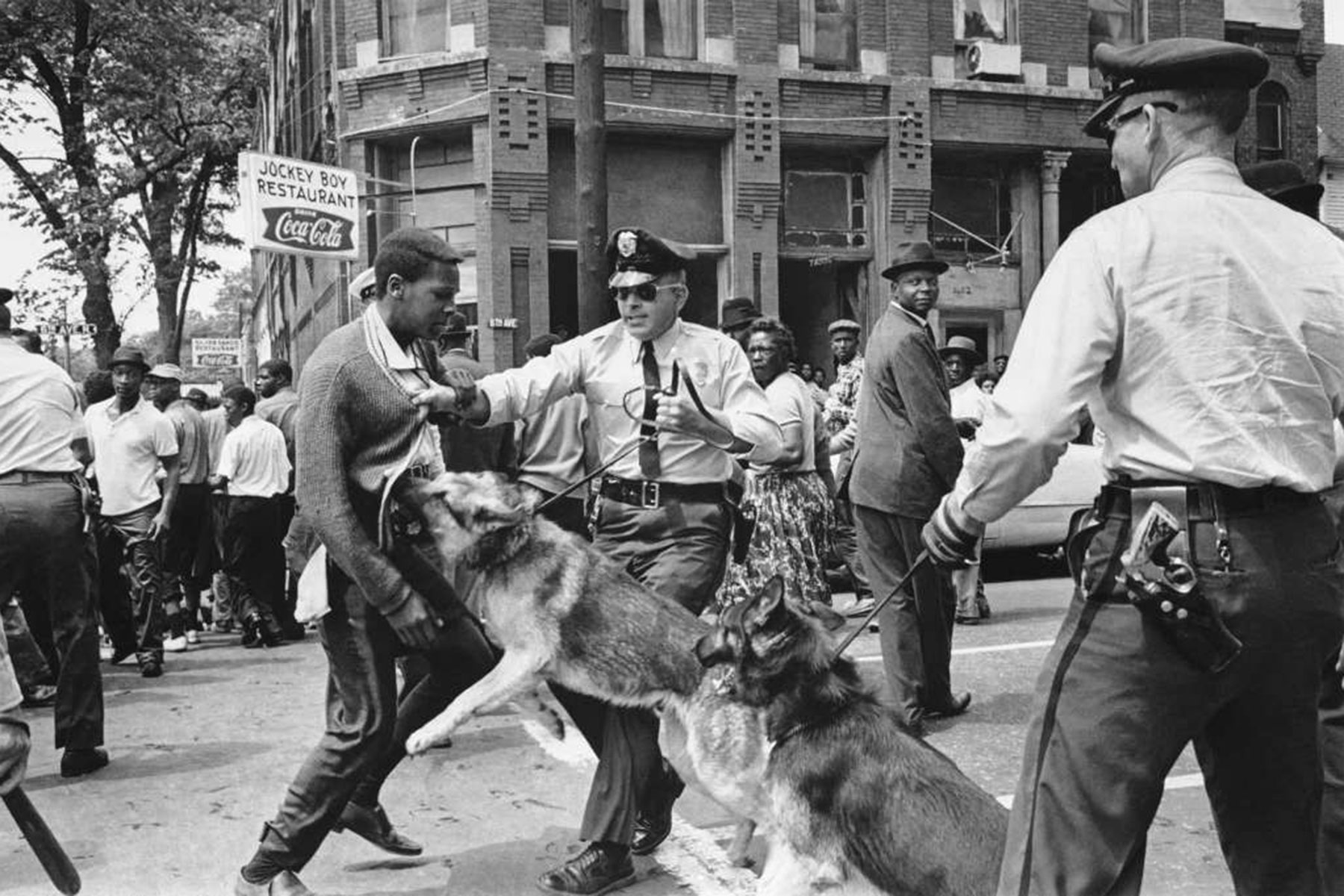
50 years after the Kerner Commission delivered a report to President Johnson examining the causes of civil unrest in African American communities, a new study by the Economic Policy Institute (EPI) compares the state of black workers and their families in 1968 with the economic circumstances African Americans face today.
The review found that while African Americans today are much better educated than they were in 1968—and in many ways better off in absolute terms than they were in 1968—they are still economically disadvantaged relative to whites.
“Black Americans have clearly put a tremendous amount of personal effort into improving their social and economic standing, but that effort only goes so far when you’re working within structures that were never intended to give equal outcomes,” said Wilson, Director of EPI’s Program on Race, Ethnicity, and the Economy.
Key findings in the comprehensive review included:
- African Americans today are much better educated than they were in 1968 but still lag behind whites in overall educational attainment. More than 90 percent of younger African Americans (ages 25 to 29) have graduated from high school, compared with just over half in 1968—which means they’ve nearly closed the gap with white high school graduation rates. They are also more than twice as likely to have a college degree as in 1968 but are still half as likely as young whites to have a college degree.
- The substantial progress in educational attainment of African Americans has been accompanied by significant absolute improvements in wages, incomes, wealth, and health since 1968. But black workers still make only 82.5 cents on every dollar earned by white workers, African Americans are 2.5 times as likely to be in poverty as whites, and the median white family has almost 10 times as much wealth as the median black family.
- With respect to homeownership, unemployment, and incarceration, America has failed to deliver any progress for African Americans over the last five decades. In these areas, their situation has either failed to improve relative to whites or has worsened. In 2017 the black unemployment rate was 7.5 percent, up from 6.7 percent in 1968, and is still roughly twice the white unemployment rate. In 2015, the black homeownership rate was just over 40 percent, virtually unchanged since 1968, and trailing a full 30 points behind the white homeownership rate, which saw modest gains over the same period. And the share of African Americans in prison or jail almost tripled between 1968 and 2016 and is currently more than six times the white incarceration rate.
“Especially relative to the increases in educational attainment, America has failed African Americans over the last five decades,” said John Schmitt, EPI Vice President.
Educational Attainment
The most important development since 1968 is that African Americans today are much better educated than they were in 1968. These absolute improvements in educational attainment—including substantial increases in both high school and college completion rates—have opened important doors for black workers compared with their counterparts 50 years ago. In relative terms, African Americans today are almost as likely as whites to have completed high school. But even though the share of younger African Americans with a college degree has more than doubled, African Americans today are still only about half as likely to have a college degree as whites of the same age.
High school graduation rates. Over the last five decades, African Americans have seen substantial gains in high school completion rates. In 1968, just over half (54.4 percent) of 25- to 29-year-old African Americans had a high school diploma. Today, more than nine out of 10 African Americans (92.3 percent) in the same age range had a high school diploma.
The large increase in high school completion rates helped to close the gap relative to whites. In 1968, African Americans trailed whites by more than 20 percentage points (75.0 percent of whites had completed high school, compared with 54.4 percent of blacks). In the most recent data, the gap is just 3.3 percentage points (95.6 percent for whites versus 92.3 percent for African Americans).
College Graduation Rates
College graduation rates have also improved for African Americans. Among 25- to 29-year-olds, less than one in 10 (9.1 percent) had a college degree in 1968, a figure that has climbed to almost one in four (22.8 percent) today.
Over the same period, however, college completion expanded for whites at a similar pace, rising from 16.2 percent in 1968 to 42.1 percent today, leaving the relative situation of African Americans basically unchanged: in 1968 blacks were just over half (56.0 percent) as likely as whites to have a college degree, a situation that is essentially the same today (54.2 percent).
Unemployment
The unemployment rate for African Americans in 2017 (the last full year of data) was 7.5 percent, 0.8 percentage points higher than it was in 1968 (6.7 percent). The unemployment rate for whites was 3.8 percent in 2017 and 3.2 percent in 1968.
The unemployment data for these two years, almost 50 years apart, demonstrate a longstanding and unfortunate economic regularity: the unemployment rate for black workers is consistently about twice as high as it is for white workers.
Hourly Wages
The inflation-adjusted hourly wage of the typical black worker rose 30.5 percent between 1968 and 2016, or about 0.6 percent per year. This slow rate of growth is particularly disappointing given the large increase in educational attainment among African Americans over these decades.
Even slower real wage growth (about 0.2 percent per year) for the typical white worker—albeit starting from a higher initial wage—meant that African Americans did modestly close the racial wage gap over the last five decades. But, in 2016, by the hourly wage measure used here, the typical black worker still only made 82.5 cents on every dollar earned by the typical white worker.
Household Income
The inflation-adjusted annual income of the typical African American household increased 42.8 percent between 1968 and 2016, slightly outpacing income growth for the typical white household (36.7 percent). But the typical black household today still receives only 61.6 percent of the annual income received by the typical white household.
Poverty Rates
The share of African Americans living in poverty has declined substantially in the last five decades. Using the official federal poverty measure as a benchmark, over one-third (34.7 percent) of African Americans were in poverty in 1968. Today, the share in poverty is just over one in five (21.4 percent). For whites, the decline in the poverty rate was much smaller, from 10.0 percent in 1968 to 8.8 percent in 2016. In the most recent data, African Americans are about 2.5 times as likely to be in poverty as whites. (In 1968, they were 3.5 times as likely to be in poverty.)
Family Wealth
The typical black family had almost no wealth in 1968 ($2,467; data refer to 1963). Today, that figure is about six times larger ($17,409), but it is still not that far from zero when you consider that families typically draw on their wealth for larger expenses, such as meeting basic needs over the course of retirement, paying for their children’s college education, putting a down payment on a house, or coping with a job loss or medical crisis.
Over the same period, the wealth of the typical white family almost tripled, from a much higher initial level. In 2016, the median African American family had only 10.2 percent of the wealth of the median white family ($17,409 versus $171,000).
Homeownership
One of the most important forms of wealth for working and middle-class families is home equity. Yet, the share of black households that owned their own home remained virtually unchanged between 1968 (41.1 percent) and today (41.2 percent). Over the same period, homeownership for white households increased 5.2 percentage points to 71.1 percent, about 30 percentage points higher than the ownership rate for black households.
Infant Mortality
Over the last five decades, African Americans have experienced enormous improvements in infant mortality rates. The number of deaths per 1,000 live births has fallen from 34.9 in 1968 to 11.4 in the most recent data. Over the same period, whites have also seen dramatic reductions in infant mortality, with rates falling from 18.8 to 4.9 by the same measure.
In relative terms, however, African Americans have fallen behind. In 1968, black infants were about 1.9 times as likely to die as white infants. Today, the rate is 2.3 times higher for African Americans.
Life Expectancy
African Americans’ life expectancy at birth has also increased substantially (up 11.5 years) between 1968 and today, outpacing the increase for whites (up 7.5 years). But an African American born today can, on average, still expect to live about 3.5 fewer years than a white person born on the same day.
Incarceration
The share of African Americans in prison or jail almost tripled between 1968 (604 of every 100,000 in the total population) and 2016 (1,730 per 100,000).
The share of whites in prison or jail has also increased dramatically, but from a much lower base. In 1968, about 111 of every 100,000 whites were incarcerated. In the most recent data, the share has increased to 270 per 100,000.
In 1968, African Americans were about 5.4 times as likely as whites to be in prison or jail. Today, African Americans are 6.4 times as likely as whites to be incarcerated, which is especially troubling given that whites are also much more likely to be incarcerated now than they were in 1968.
“It’s clear that structural racism that is the root cause of this economic inequality,” said Janelle Jones, EPI economic analyst. “Solutions must be bold and to scale, which means we need structural change that eliminates the barriers that have stymied economic progress for generations of African American workers.”

















